Can you tell me about the early research you and your team did in Rome?
I decided I wanted to break the story into two visual styles: the hidden part, the Conclave part of the story and the outward aspect of the story. And it became very clear that those two areas needed to feel quite different. We wanted to have more space and more air around the elements that you see of the Vatican that are outward, and that most people have seen.
[Director Edward Berger and I] got to do a tour at seven o’clock in the morning, and we went backwards to the [direction] of the general public so I got to see the Sistine Chapel before it was full of people. We walked around the gardens and we started to feel the essence, this amazing authenticity and depth that Vatican City has. It’s a gathering of the most beautiful architecture and people really pushing the limits of what space and light can do.
That must have been such a profound inspiration, to have such rich source material.
We were so inspired, of course, but it was also a matter of balance. We were making a cinematic thriller. We weren’t making a documentary about the conclave. We were creating a storytelling world with intrigue and there are elements of the Vatican that are not as ornate and are even a bit dull—like the Casa Santa Marta, where the cardinals all gather, is sort of a guest house during the conclave. And there are hardly any images of it; we were just pointed to it like, “Oh that’s the building over there.” Edward and I thought about that as an opportunity to really create our own world because we don’t really know what it looks like.
We didn’t film anything inside the Vatican City. So everything is a sort of jigsaw of locations dotted about Rome and builds. In the lovely gold room where we meet the choir and Cardinal Lawrence gives that beautiful speech early on, that’s at the Museo Barberini in Rome, which is the most amazing big-scale room with silk wallpaper. I mean, you can go and visit it.
There was an architect, Carlo Scarpa, that I vibed off a little. I wanted it to feel a bit like a prison, so we turned the dial up a bit to play with that balance of what Rome gave us for free. Every turn, every corner we went around it was like, “Oh there’s another beautiful Caravaggio. There’s an amazing sculpture.”

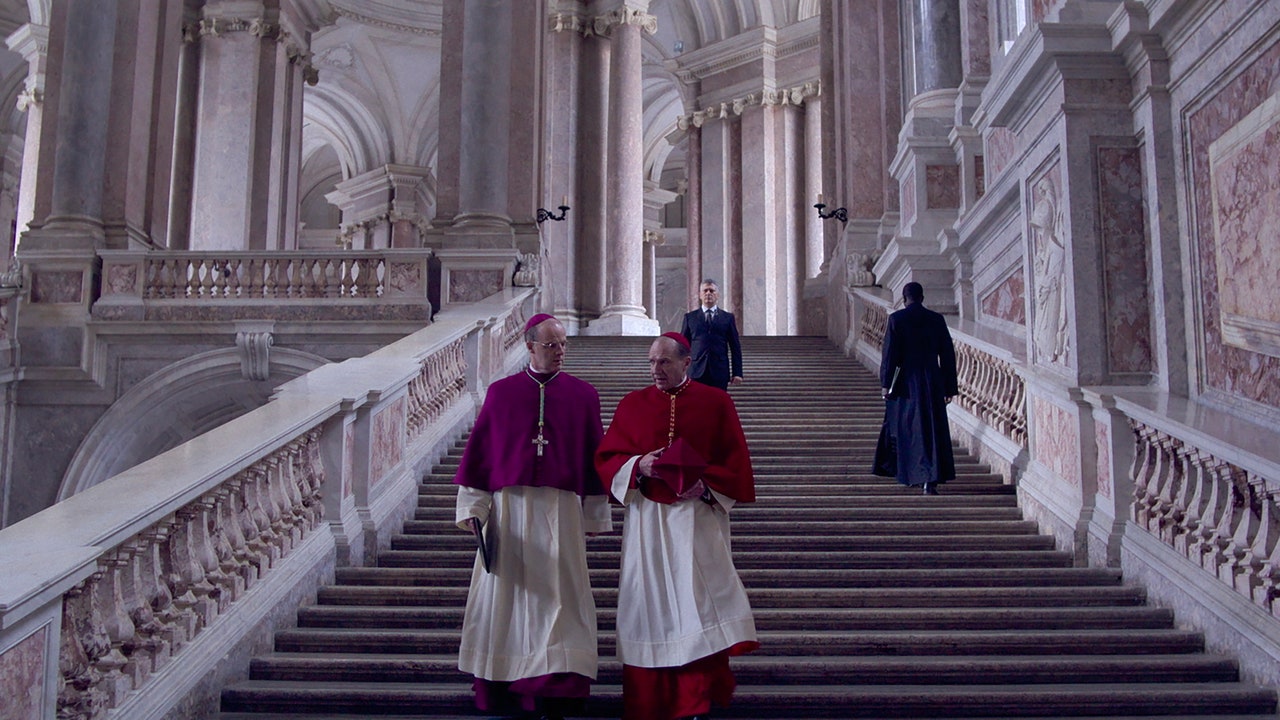
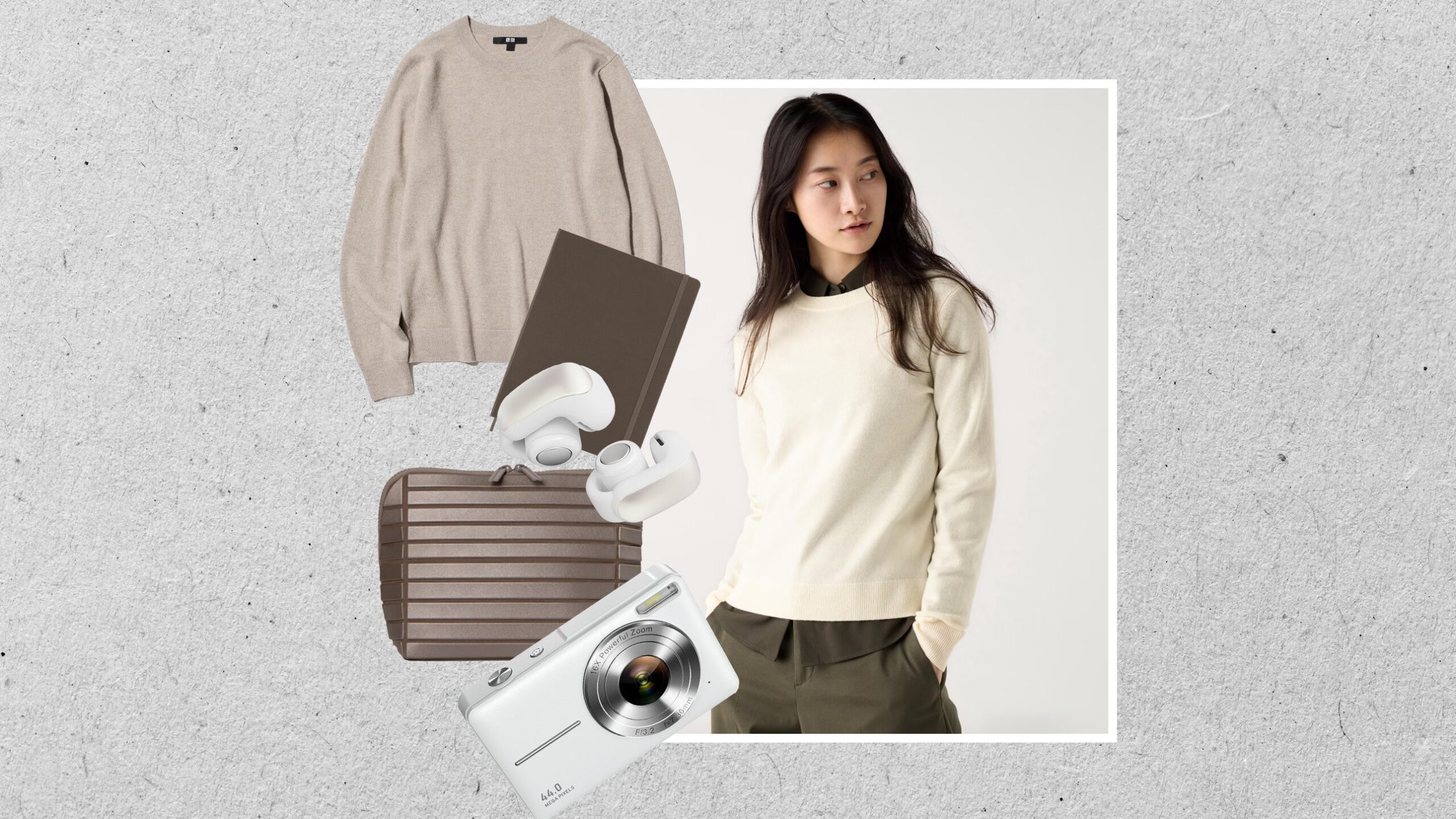
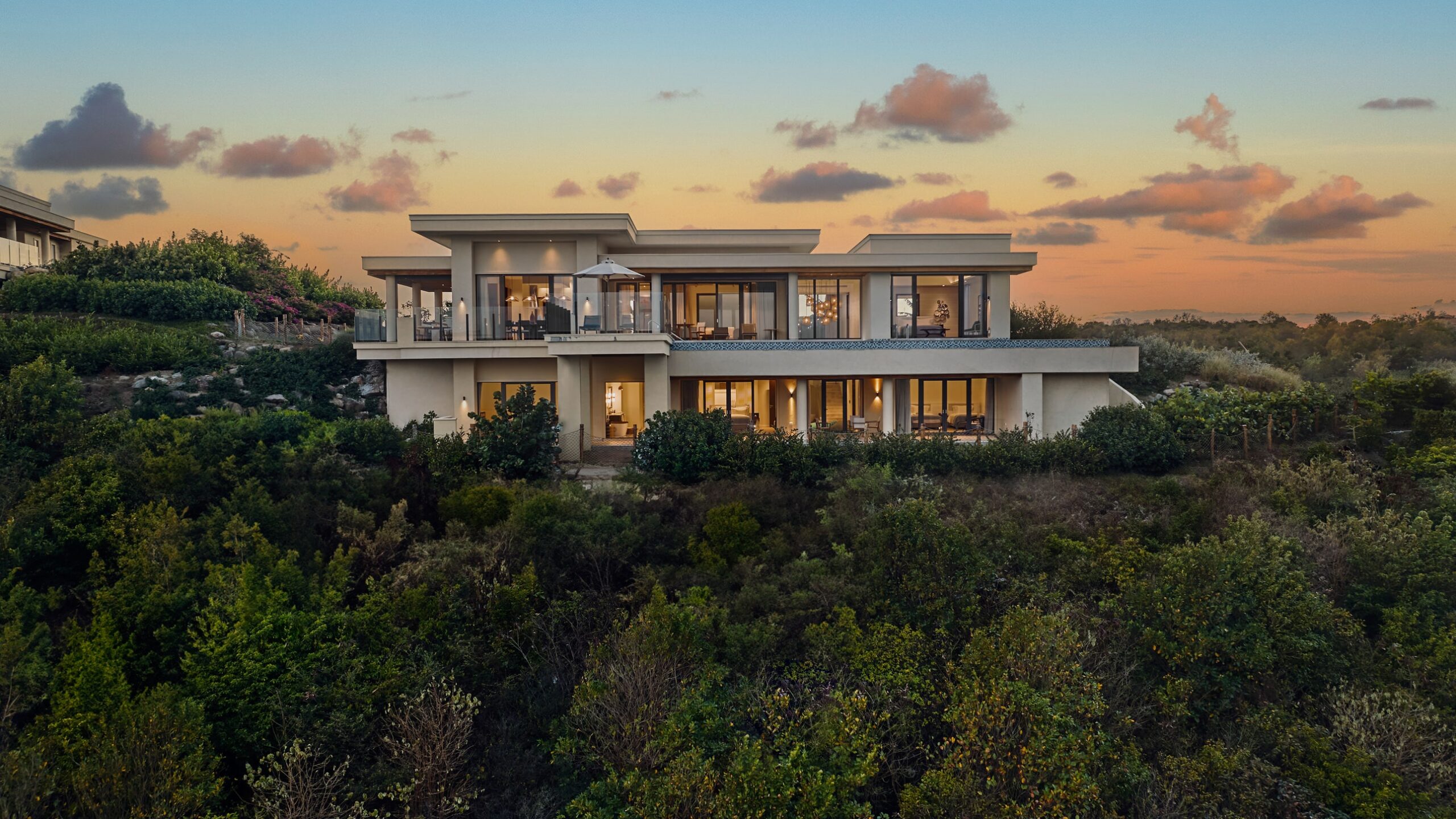





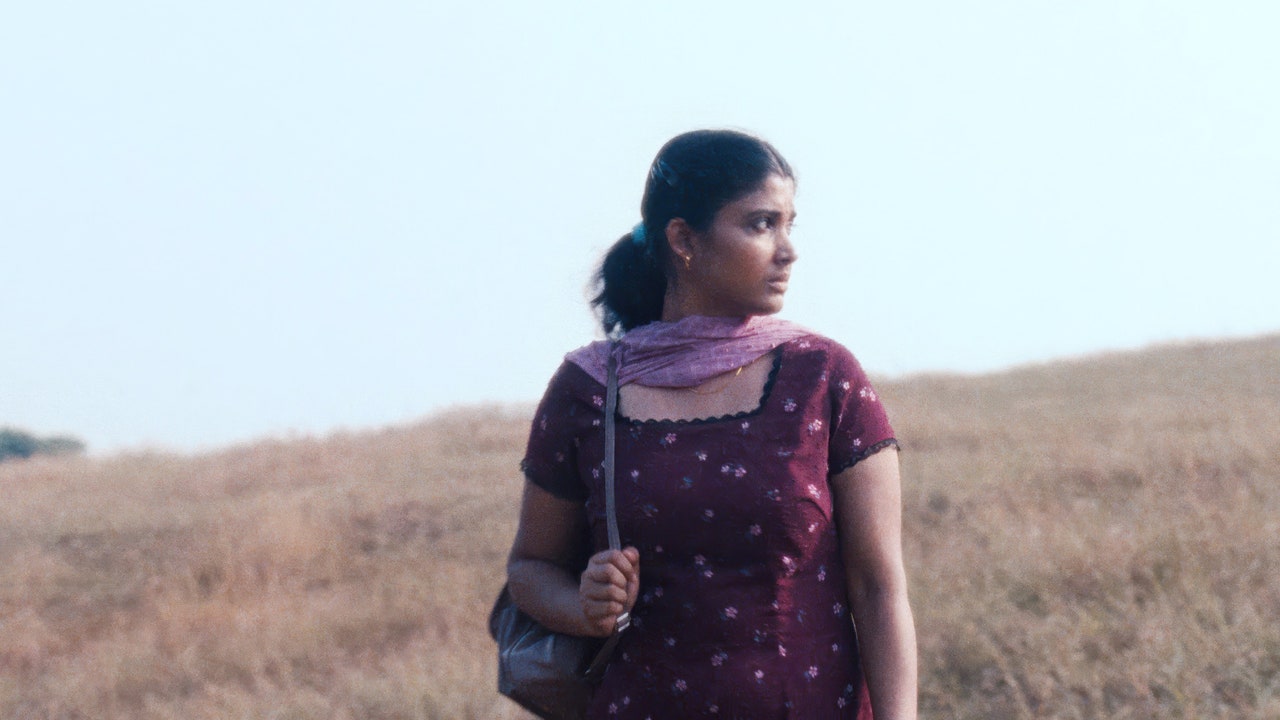
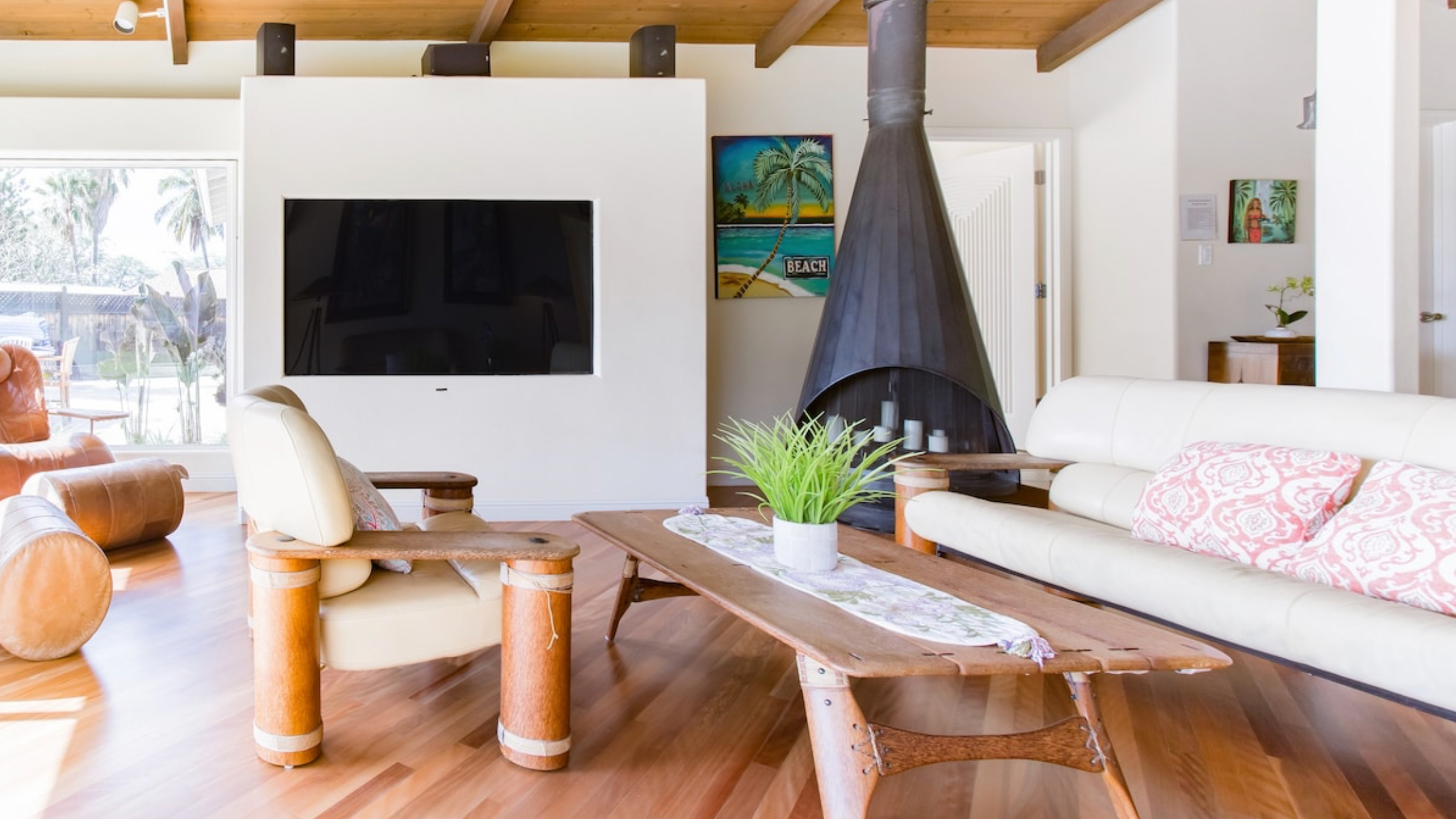




Leave a Reply